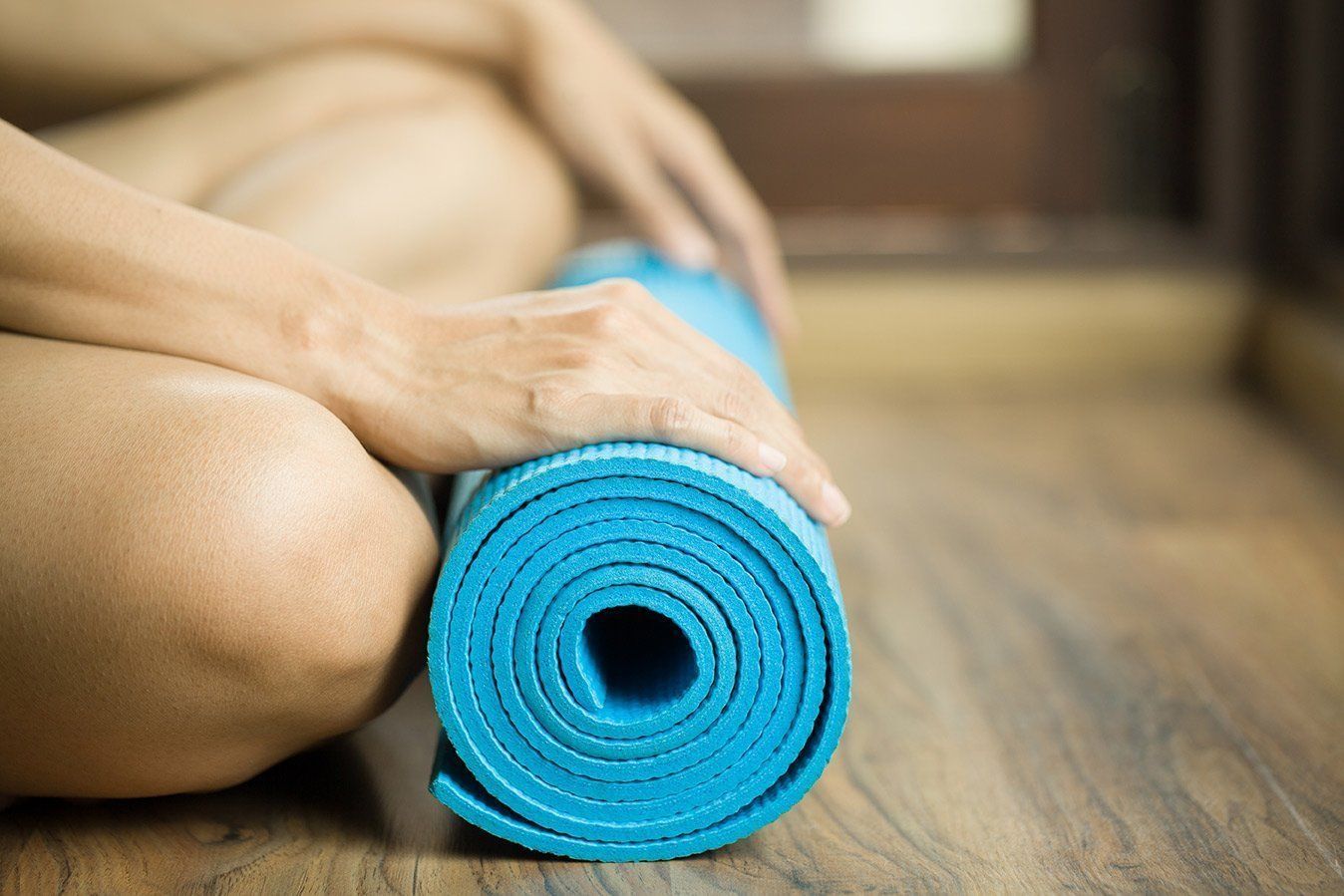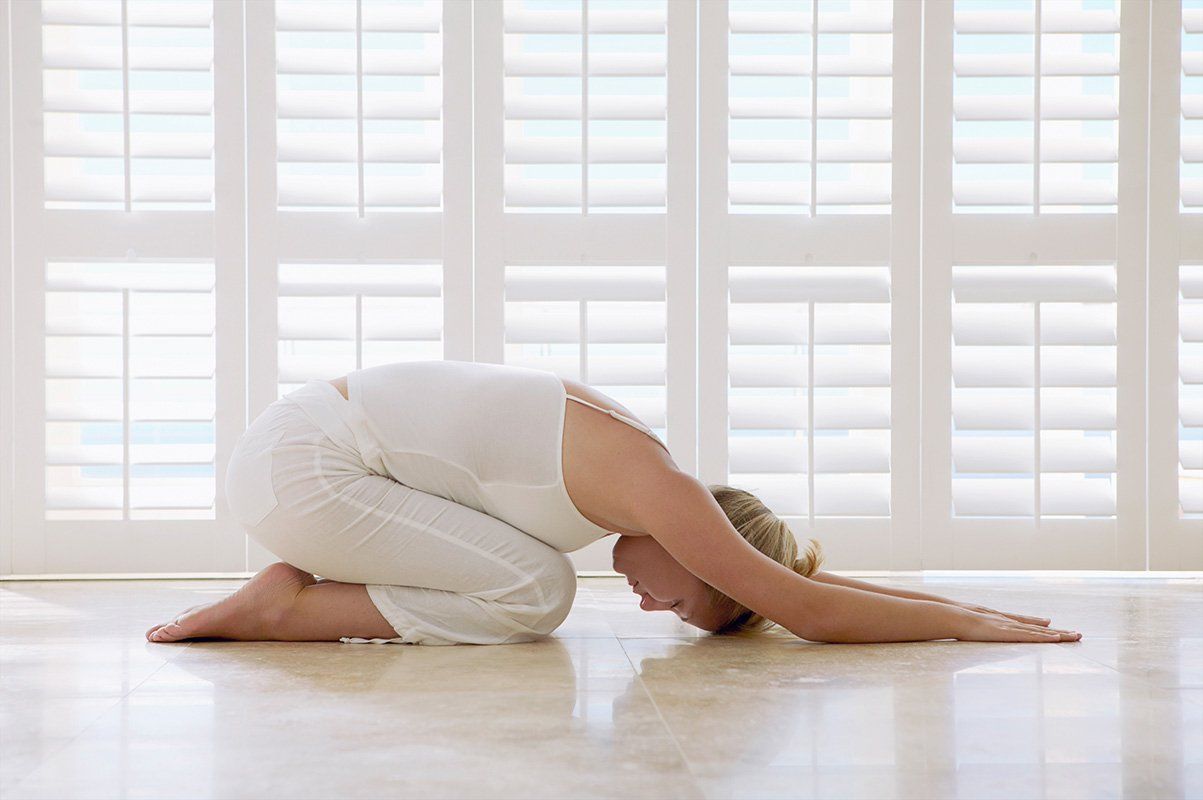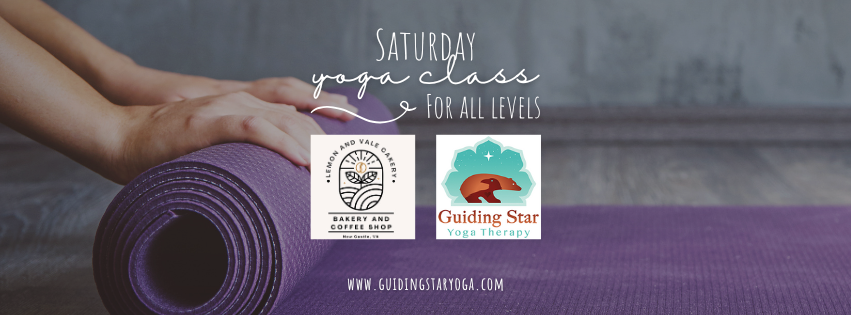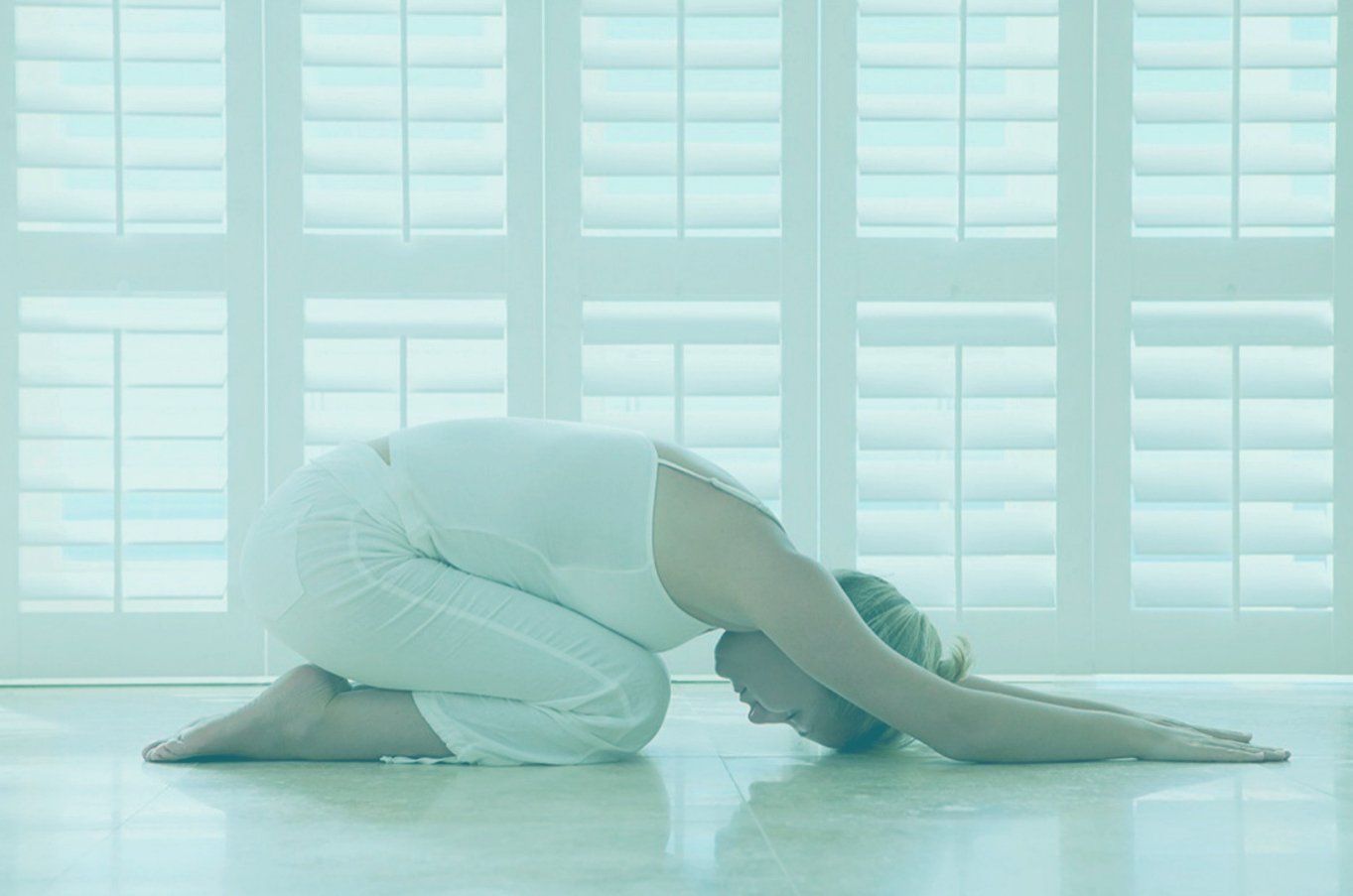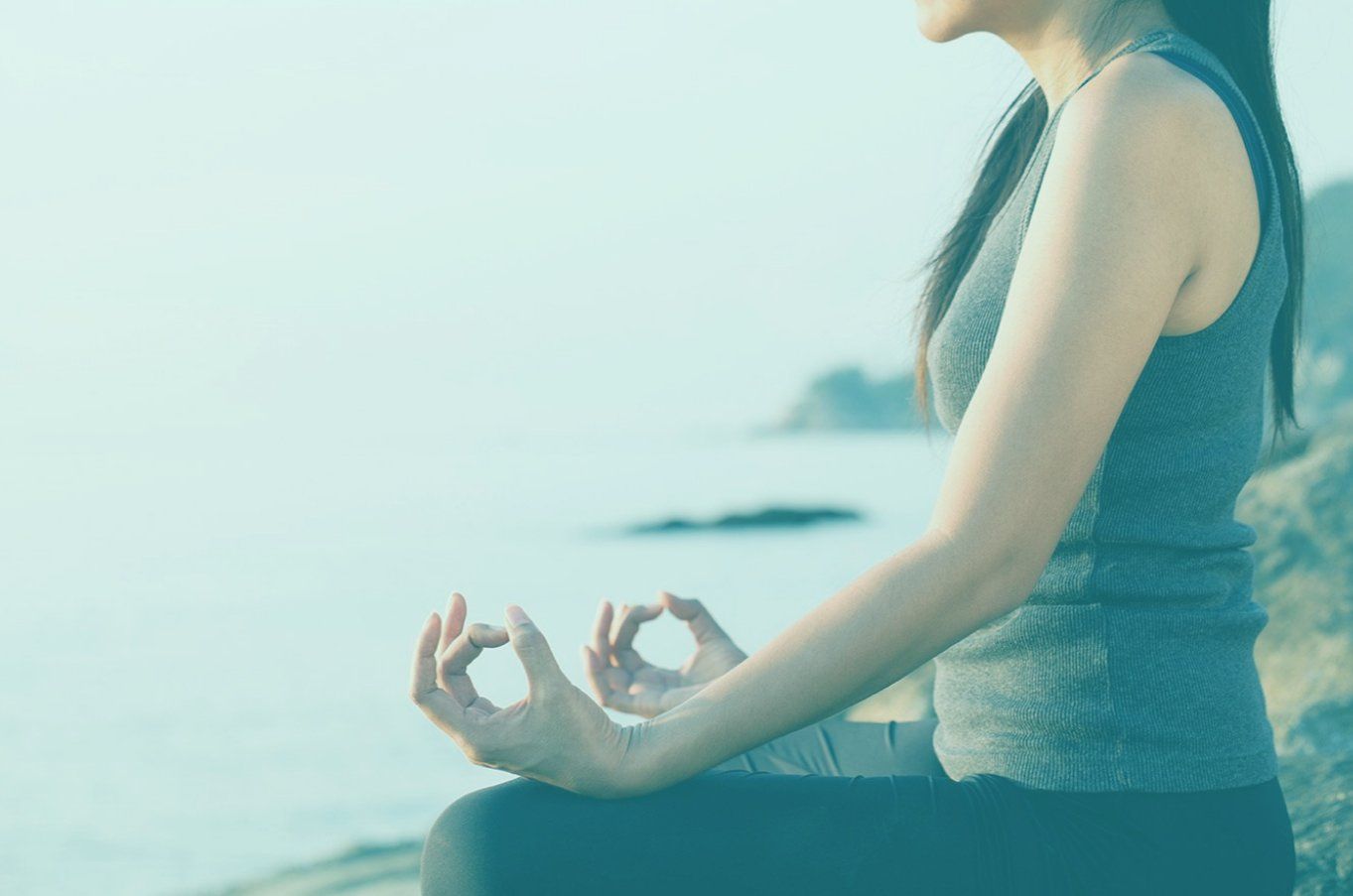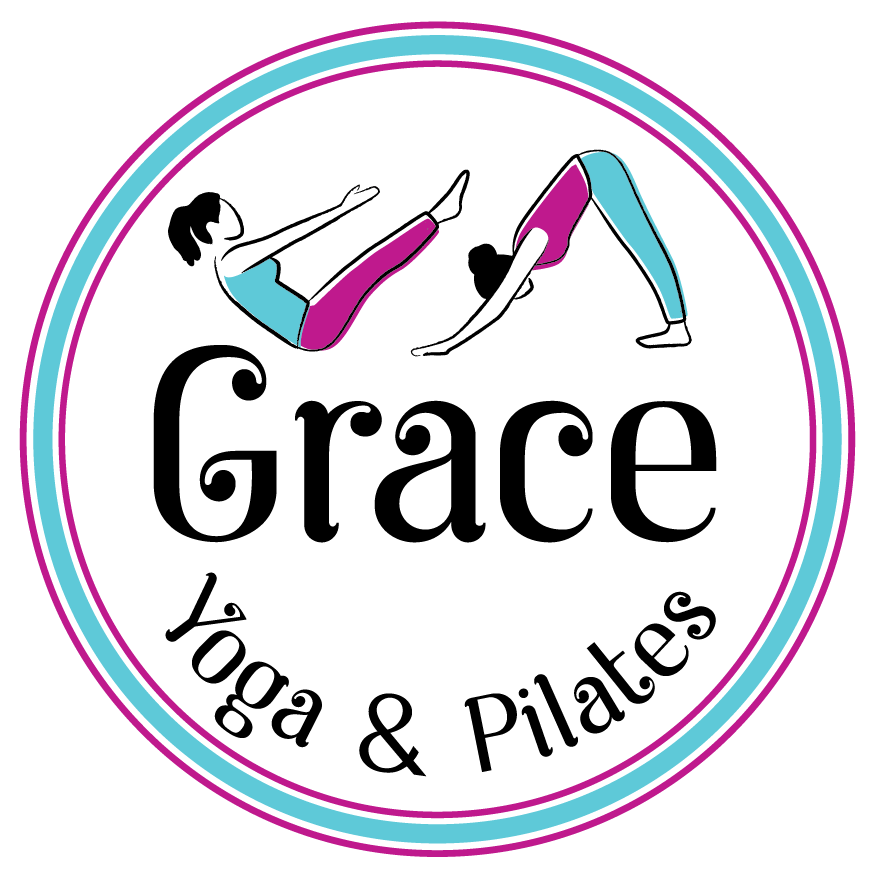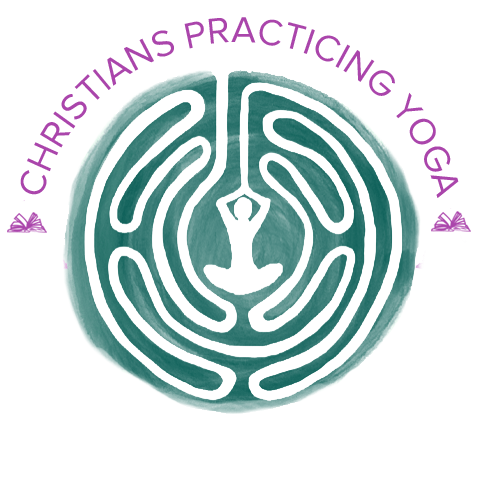By Nancy Harvey
•
April 30, 2024
When we think about activities to maintain bone health, yoga might not be the first thing that comes to mind. However, this ancient practice offers a plethora of benefits beyond flexibility and stress relief – it can also play a significant role in keeping our bones strong and healthy. Understanding Bone Health Our bones are the framework that supports our body, protects vital organs, and facilitates movement. As we age, maintaining bone health becomes increasingly important to prevent conditions like osteoporosis, which weakens bones and increases the risk of fractures. The Yoga Connection Yoga is often praised for its ability to improve balance, flexibility, and posture – all factors that contribute to bone health. But how exactly does yoga benefit our bones? Weight-Bearing Asanas: Many yoga poses involve bearing weight on the bones, which helps stimulate bone growth and density. Poses like Tree Pose (Vrksasana), Warrior II (Virabhadrasana II), and Chair Pose (Utkatasana) are excellent examples of weight-bearing asanas that strengthen the bones in the legs, hips, and spine. Muscle Engagement: Yoga encourages the engagement of muscles surrounding the bones, providing additional support and stability. As you hold poses and move through sequences, you're not only building muscle strength but also promoting bone health indirectly. Spinal Health: A healthy spine is crucial for overall bone health, as it houses and protects the spinal cord. Yoga postures that stretch and strengthen the spine, such as Cat-Cow (Marjaryasana-Bitilasana), Cobra Pose (Bhujangasana), and Bridge Pose (Setu Bandhasana), can help maintain spinal flexibility and prevent compression fractures. Balance and Coordination: Practicing balancing poses in yoga challenges proprioception – the body's awareness of its position in space. By improving balance and coordination, yoga reduces the risk of falls and related fractures, particularly in older adults. Yoga Practices for Bone Health Incorporating yoga into your routine doesn't have to be complicated. Here are some simple practices you can integrate into your daily life to promote bone health: Start Slow: If you're new to yoga or have specific concerns about your bone health, it's essential to start slowly and listen to your body. Begin with gentle, beginner-friendly poses, and gradually progress as you build strength and confidence. Focus on Form: Proper alignment is key to reaping the benefits of yoga safely and effectively. Pay attention to alignment cues from instructors, use props as needed for support, and don't force yourself into positions that feel uncomfortable or painful. Include Variety: Incorporate a variety of yoga poses into your practice to target different areas of the body and promote overall bone health. Balance weight-bearing poses with gentle stretches and relaxation techniques for a well-rounded practice. Stay Consistent: Like any form of exercise, consistency is key to seeing results. Aim to practice yoga regularly – whether it's a few minutes each day or longer sessions a few times a week – to support your bone health journey. Final Thoughts Yoga offers a holistic approach to bone health that goes beyond traditional weight-bearing exercises. By incorporating yoga into your routine and focusing on poses that strengthen bones, engage muscles, and promote balance, you can support your skeletal system and enjoy the benefits of strong, resilient bones for years to come. So, roll out your mat, strike a pose, and let yoga be your guide to stronger bones and a healthier, happier you! Namaste

